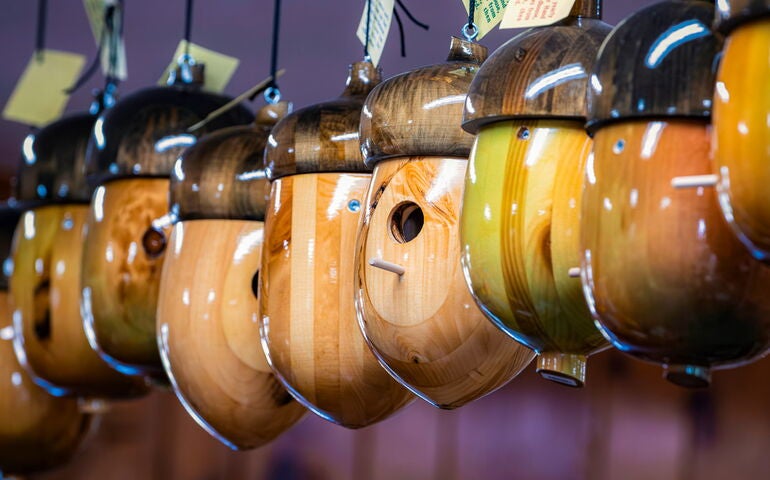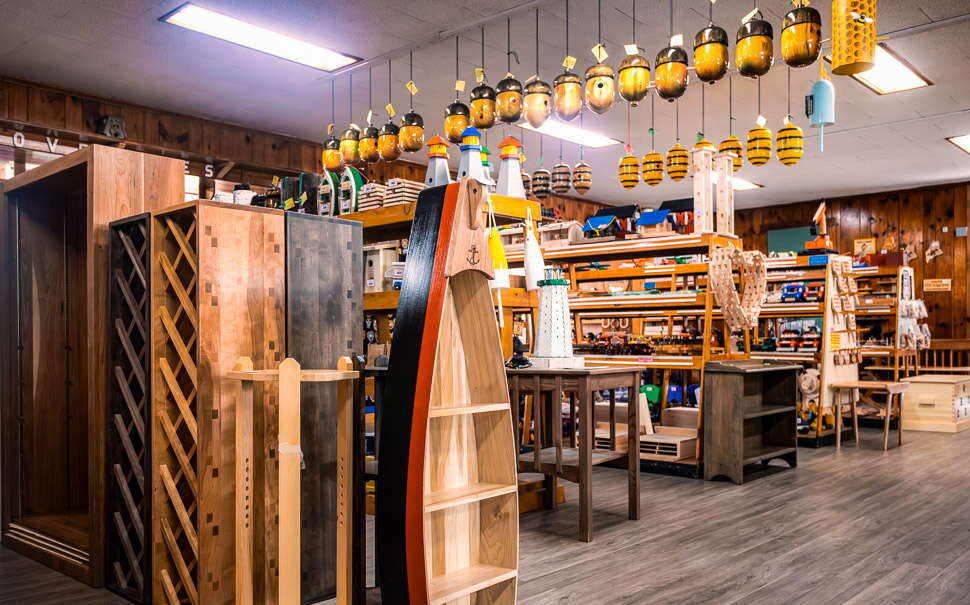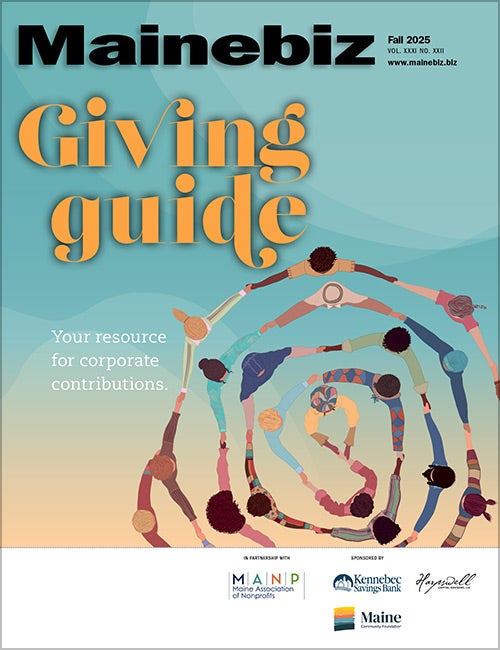
Made in Maine: Shop offers quality craftsmanship, but you can’t meet the makers
 Photo / Tim Greenway
In Thomaston, the inventory of the Maine State Prison Showroom is entirely created by incarcerated people.
Photo / Tim Greenway
In Thomaston, the inventory of the Maine State Prison Showroom is entirely created by incarcerated people.
The brick-and-mortar storefront in Thomaston looks like many others in Maine, with wide windows previewing the handmade furnishings and decorations inside. Depending on when you go, you might find for sale polished wooden bird houses, colorful Adirondack chairs, metal firepits or toy rockers carved to resemble boats on the water.

The shop also has a notable presence on Facebook, with over 19,000 followers and hundreds of “likes” on recent posts. Commenters frequently praise the craftsmanship and quality, with some noting how often they’ve purchased from the store over the years.
But unlike most shops in the state that sell handmade local goods, you likely can’t meet the person who made your furniture. That’s because the Maine State Prison Showroom’s inventory is entirely created by incarcerated people.
Hallis Thayer, the chief industry manager for the Maine Department of Corrections, says that 159 incarcerated people are enrolled in the program, officially known as the Maine Correctional Industries Program.

Real-world skills
Dale Wood is one of those incarcerated workers. Wood, convicted of murder in 1994, described himself in a supervised interview as a “lost soul” living a “disaster” life before his sentence, holding onto the wrong things and not progressing in life.
Wood has been working in the program for decades, in addition to obtaining a bachelor’s degree and a continuing education certificate, as well as creating a music therapy program to help other inmates with behavioral or mental health problems.
He said the program has helped him keep his mind occupied and build real-world skills along the way, which he hopes to use upon his release. After starting in the small project department, he eventually moved up to becoming a crew boss.
“You know, everybody changes,” says Wood. “And within time, it’s up to you on whether you want to change in a positive direction or a negative direction. Education was a major factor in who I am today,” he adds, both through his degrees and through the work program.
Now 58 years old, his earliest custody release date is officially listed as September 2033. Wood said that the money he saves now will help him once he is released. However, how much money he has earned since he began working and, critically, how much he has saved are considered confidential information under Maine law, Thayer says.
Wages for incarcerated people in the program range from $1.20 to $16.37 an hour, which Thayer says is “paid out of sales from the industries program.” The current state minimum wage is $14.65 an hour. Other inmates, Thayer points out, can earn “real-world salaries” through work release or remote jobs.

“Maine does have a particularly better system than for [incarcerated] work than I’ve seen in other states, in the sense that people can even have laptops [and] work real jobs,” says Bianca Tylek, the founder and executive director of Worth Rises, a nonprofit focused on prison exploitation.
Tylek noted that the state does garnish workers’ wages, and that incarcerated workers aren’t covered by workplace safety protections under OSHA or discrimination protections under the EEOC. Given these factors, she noted that “it’s important to put people’s reflections into the context of what’s the other choice they have” within the prison system.










0 Comments